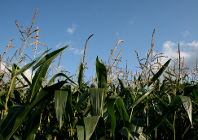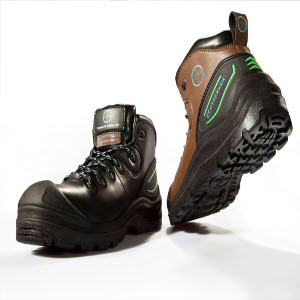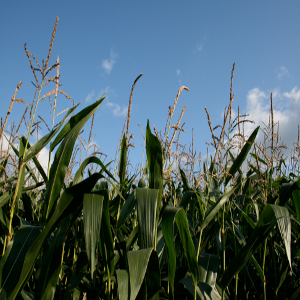Four materials innovators with something to offer those interested in green design

Company Eastman
Product Tritan copolyester
Eastman, headquartered in Kingsport, US, provides chemicals, fibres and plastics materials. One of its sustainable materials is Tritan copolyester, a compelling alternative to traditional polymers, including polycarbonate. It can be used by designers and engineers in a range of applications.
Facts:
- Bisphenol-A (BPA) free
- Estrogenic Activity (EA) free
- Does not contain halogens, sulphur, nitrogen, lead, mercury, cadmium or hexavalent chromium
- Chemical resistance
- Heat-resisting properties
- Toughness and durability enables reusability
- Ease of processing
- It can result in shorter cycle times and fewer manufacturing stages
- Favourable life cycle assessment vs. polycarbonate (13% improvement in energy savings and 42% in green house gas emission savings
- London design consultancy, Black+Blum specified Tritan copolyester for the lid of its new lunch box, the Box Appetit

Company Bayer MaterialScience
Product Various
Bayer MaterialScience is one of the world’s largest producers of polymers and high-performance plastics. It recently collaborated with Simple Factory Group to create a ‘green’ shoe concept that uses a whole host of sustainable materials and technologies.
Facts:
- Up to 40% renewable materials in the polycarbonate (PC) blend
- Adhesives are based on waterborne Dispercoll U polyurethane raw materials
- Impranil is a water-based coating that is abrasion and wear resistant
- Coatings and adhesive products are solvent-free
- The shoe cap is made from a PC+PLA (polylactic acid) blend from the company’s Makroblend range
- Desmopan thermoplastic polyurethane (TPU) are used for the heel counter, shoelace eyelets and logo
- TPU films from the Dureflex range form a vapour-permeable membrane to reinforce the inner sole
- Up to 90% of all components in the Ecotrekker concept shoe can be given eco-compatible properties by using BayerMaterialScience’s products

Company DuPont
Product Corian
Founded in 1802, DuPont is a science-based products and services company that creates a number of sustainable solutions including DuPont Corian, a solid surface material. Available in over 100 “green” colours, Corian can be carved, routed or worked like wood, moulded, thermoformed or inlayed.
Facts:
- Corian is a blend of natural minerals and acrylic polymer
- Once the ingredients of Corian are fully reacted (polymerised) in the manufacturing process, they become a chemically stable material with low impact on both indoor and outdoor environments
- Pigments used to manufacture Corian are FDA-listed and selected from materials free of heavy metals, toxic or carcinogenic ingredients
- Durable and renewable
- Scrap and off-spec Corian is being used as raw material for new product applications
- Jay Watson has taken advantage of the malleability of Corian in the design of his Anemoi pendant uplighters

Company A&O Film Pac
Product PHA resins
UK-based A&O Film Pac is a European distributor of bioresins, which works with ECOMANN, a Chinese-based producer of biodegradable plastics. PHA (Polyhydroxyalkanoate), a biodegradable polyester, is a recent addition to the range that is both sustainable and renewable.
Facts:
- PHA resins are made from non-food GM free maize starch or sugar
- ECOMANN produces 5,000 tonnes of PHA resins a year
- With a new factory this capacity will increase to 50,000 tonnes per year from 2012
- PHA blends well with other plastics, fillers and additives and is very versatile
- Products made from PHA can range from soft and rubbery to very hard
- Excellent packaging material as it’s food contact compliant and easily compostable
- Various types available that can be moulded or extruded via all common processing technologies
- PHA resins are grown in fermentation vats using corn sugar
Some sustainable material choices
No
Default






